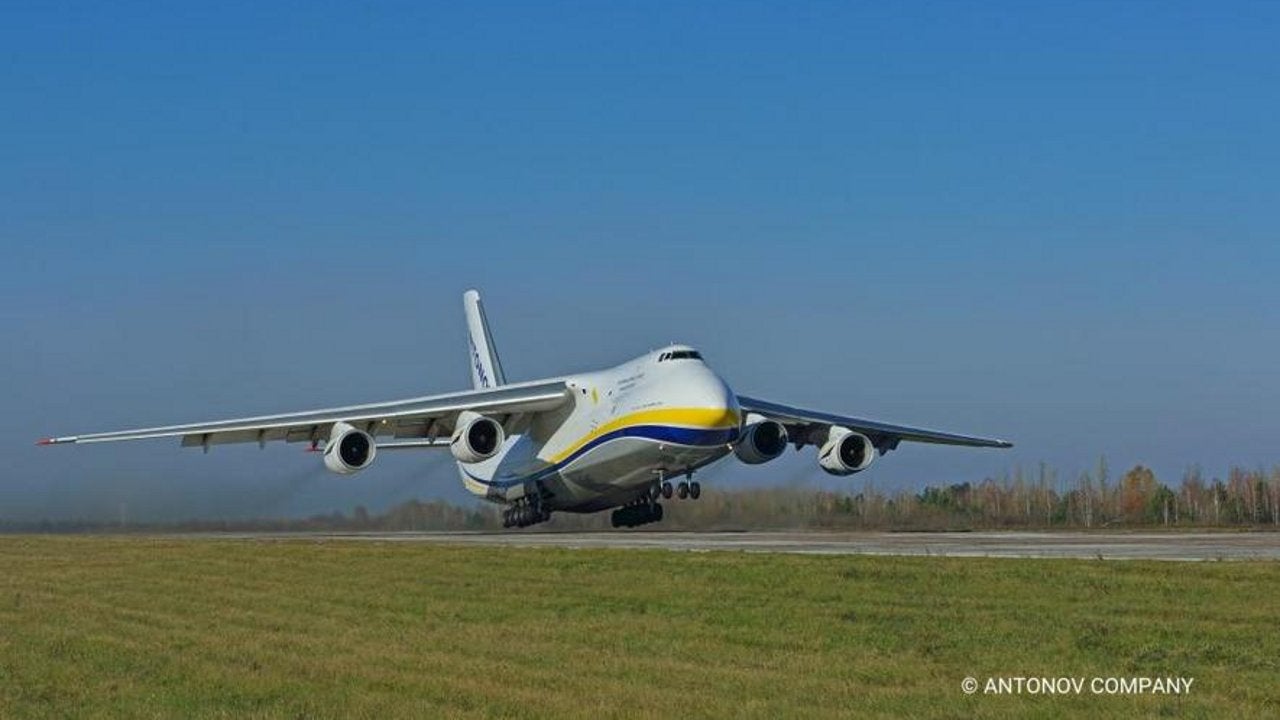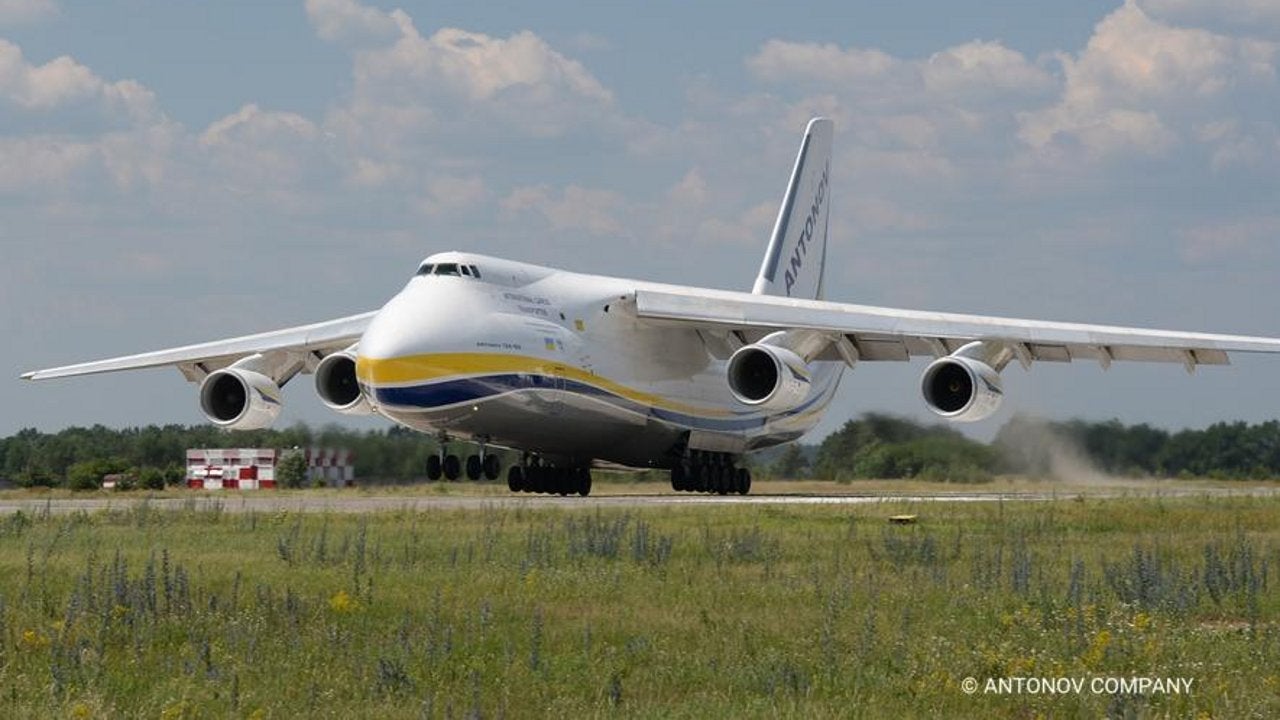An-32 is a twin engine, tactical light transport aircraft designed and manufactured by Antonov Design Bureau of Ukraine for the Indian Air Force (IAF). Its Nato reporting name is Cline. The An-32 is derived from the An-26 transport aircraft.
The IAF awarded a $400m contract to Antonov in June 2009 to overhaul its existing 105 An-32 fleet with advance avionics, communication equipment, and landing aids. The upgrade will increase the lifespan of the aircraft by 15 to 40 years.
The first 45 An-32s were modernised before 2015 at the Military-Industrial Complex of Ukraine, while the remaining 60 are being overhauled at the BRD-1 aviation plant of the IAF in Kanpur. Ukrainian special export company SpetsTechnoExport (STE) was responsible for providing spares as part of the agreement.
The first batch of upgraded aircraft and the equipment required to establish aircraft repair facilities in India was delivered to the IAF in June 2011. The second batch of ten upgraded aircraft was also delivered by the end of 2011.
An IAF An-32 aircraft went off the radar after taking off from Jorhat Air Force Station on 3rd June 2019. The missing aircraft’s wreckage was found in Arunachal Pradesh and the remains of the 13 IAF personnel were recovered.
An-32 development details
The An-32 prototype took its maiden flight in July 1976. Its engine was replaced with AI-20DM engines and development of the three pre-series An-32 aircraft was completed in October 1982 at the Aviant Plant in Kiev.
The state acceptance tests started in 1983. The first production An-32 aircraft completed its maiden flight in June 1983 and entered into service with the IAF in July 1984.
The Soviet Air Force procured 25 An-32s in 1987. Four An-32s were delivered to Libya in 2005, while the Afghan Air Force also received four in 2008.
As of July 2019, the production of the An-32 has been suspended. Antonov is currently testing a demonstrator aircraft, An-132D, which is a prototype of the An-132. The An-132D will be the successor of the An-32. It has been designed for flights in hot climates and mountainous terrains.
Orders and deliveries
The An-32 has been ordered by various air forces and companies, including the Afghan Air Force (seven), Colombian Army (two), Croatian Air Force (two), Indian Air Force (125), Iraqi Air Force (ten), Ministry of Ukraine (four), Air Pass (four), Alada (three), Libyan Arab Air Cargo (four), Million Air Charter (three), Aercarbie (two), Trans-Charter (three), and Selva (four).
The Afghan Air Force retired its An-32 fleet in 2011.
An-32 cargo aircraft variants
An-32 has ten variants of An-32A, An-32B, An-32B-100, An-32B-110, An-32B-120, An-32B-300, An-32LL, An-32MP, An-32P Firekiller, and An-32B-200. It is a civil version used to transport assemblies between plants, while An-32B is an upgraded variant.
An-32B-100 is an advanced model with a maximum take-off and payload weight that was increased by 1,500kg and 800kg, respectively. It is fitted with AI-20A engines and an overrating mode control system.
An-32B-110 is an upgraded version that features advanced Russian avionics and An-32B-120 is an export variant equipped with a non-Russian avionics suite. An-32B-300 is a meliorated model powered by Allison AE2100D turboprop engines, with each generating 3,431kW of output power. An-32MP is maritime patrol version.
An-32P Firekiller is an aerial fire fighting aircraft fitted with four external tanks for releasing 8t of liquid. It is also capable of delivering and airdropping smoke jumpers and other special equipment. An-32B-200 is a passenger or cargo transport aircraft derived from An-32B-100. It is equipped with a two-crew glass cockpit, advanced avionics, and quickly detachable fuel tanks with a capacity of up to 3,000l.
An-32 design and features
Designed to suit both military and civil operations, the An-32 can take-off and land on rough airfields and dirt runways. The aircraft is designed to manoeuvre day and night in tropical and mountainous regions, even in hot climatic conditions (up to 55°C).
The aircraft features a high mounted wings design consisting of engine mounts over the wing. Its fuselage is tubular with a rounded nose section and stepped cockpit. The empennage is unequally tapered, featuring blunt tip and angular fairing.
The aircraft can transport either 7.5t of cargo, 50 passengers, 42 paratroopers, or 24 patients and three medical crew over domestic and international air routes.
An-32 features advanced cargo handling devices and a cargo door fitted with a ramp to ease the loading or unloading of freight. It is also incorporated with an upper cargo handling device to load and unload 3,000kg of payload.
The packed cargoes are placed on the pallet by a demountable roller.
Semi-automated locks fitted in the roller equipment detach the pallets and decrease the aircraft’s idle time. The pressurised cabin of the aircraft carries heavy cargoes, automotive wheeled vehicles, and cars.
Cockpit and avionics The air-conditioned glass cockpit can accommodate two pilots and a navigator. It has space to accommodate an additional seat and a flight engineer workstation when required.
An-32’s cockpit is equipped with a Garmin GMX-200 multifunctional display, a Chelton 4 Tube electronic flight instrumentation system, a Collins VHF-22C or CTL-22C communication system, a Collins VIR-32 or CTL-32 navigation system, a ART-2100 radar sensor, and a Bendix or King KHF-950 high- frequency system.
The avionics suite installed in the aircraft encompasses a Bendix or King KRA-405B radar altimeter system, a Bendix or King KDF-806 ADF system, an L3 Skywatch HP TCAS I system, a NAT N301A audio system, and an Artex C406 ELT with navigation interface.
Engine and performance
An-32 is powered by two Ivchenko Progress AI-20DM single shaft turboprop engines with each producing 3,864kW of output power. The engine was designed and manufactured by Ivchenko Progress.
The length and width of the engine are 3.09m and 8.42m respectively, while the height is 11.8m. The dry weight is 1,040kg and the engine’s lifespan is 8,000 hours.
An-32 can fly at a maximum speed of 530km/h and its cruise speed is 470km/h. The range and service ceiling of the aircraft are 2,500km and 9,500m, respectively. The aircraft weighs around 16,800kg and its maximum take-off weight is 27,000kg.




